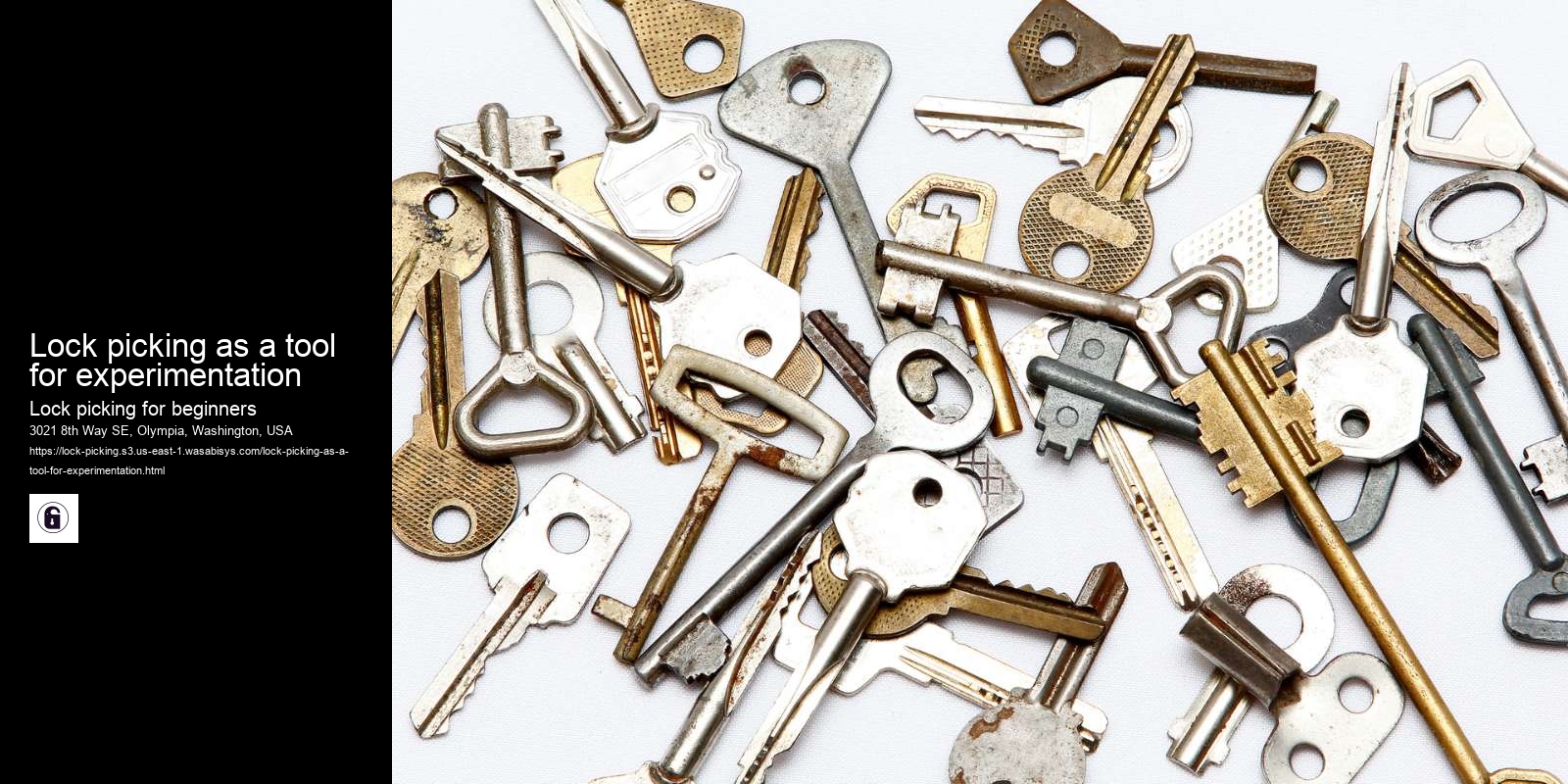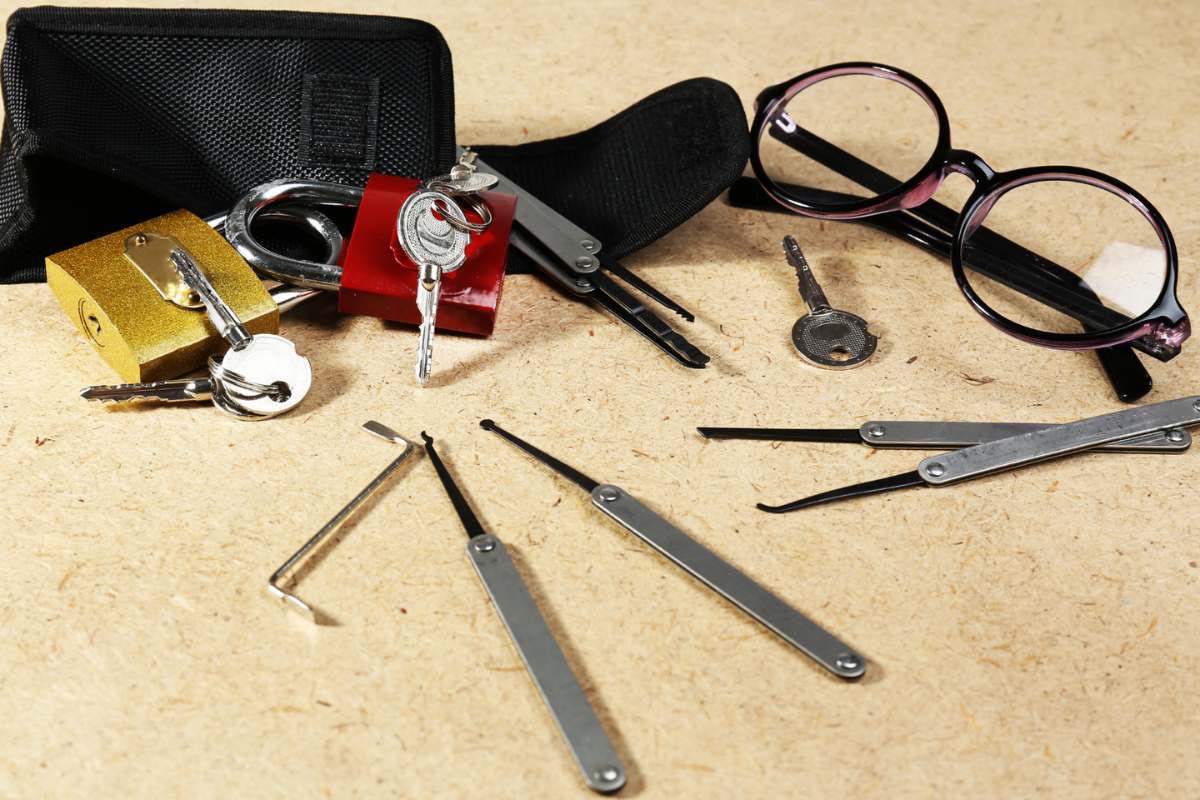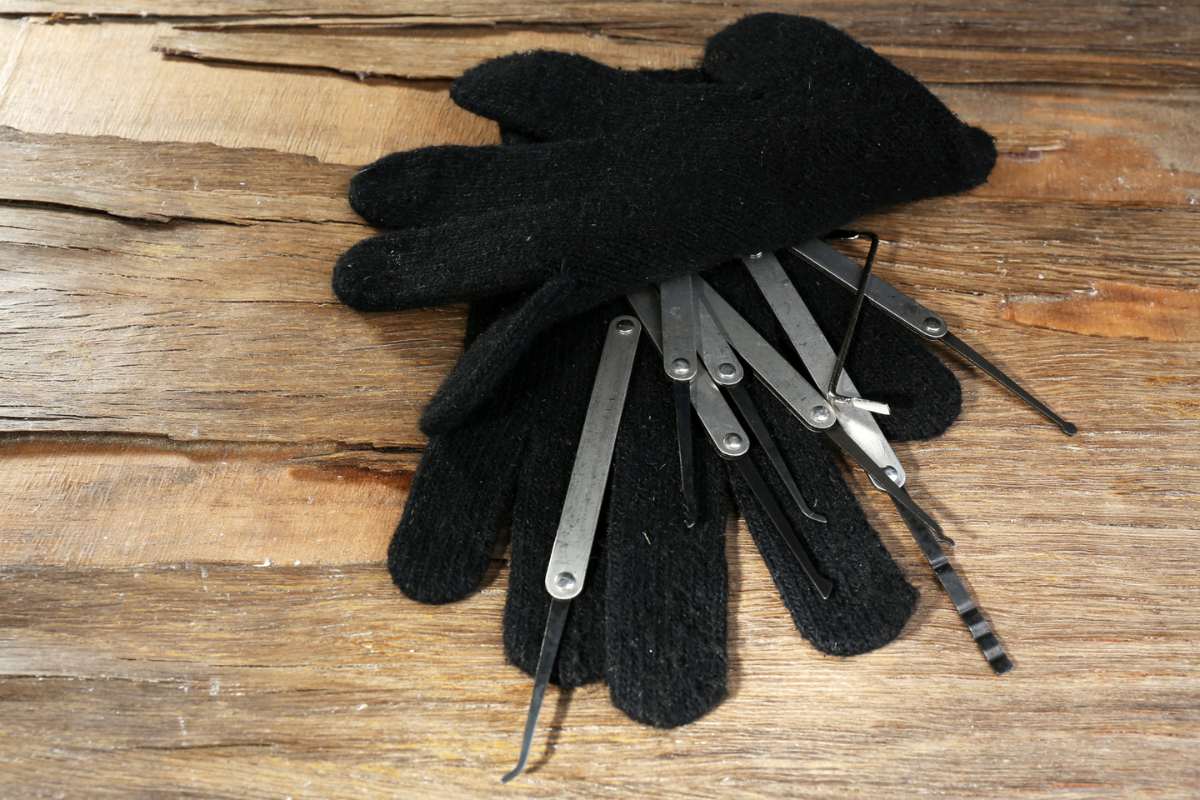How do you become a certified locksmith?
It's important to note that using a hook pick takes practice and patience. The hook pick needs to be maneuvered carefully around the pins, and too much pressure or too little pressure can prevent the lock from opening. Be sure to remain focused and adjust the amount of pressure on the tension wrench and the hook pick as needed to successfully pick the lock.
Using a diamond pick is a common technique in lock picking that is easier to use than a hook pick and is often preferred by beginners. Here are the general steps for using a diamond pick:
Insert the tension wrench: The first step is to insert the tension wrench into the bottom of the keyway and turn it gently in the direction that the lock would normally turn to open. This creates tension and allows the picker to feel for the binding pin.


